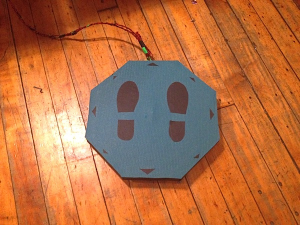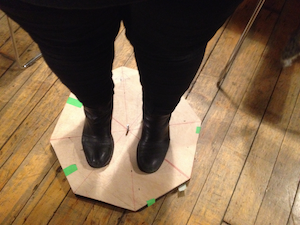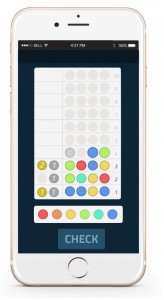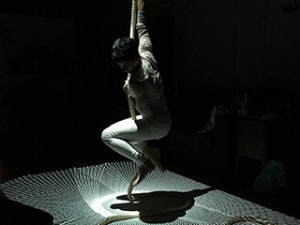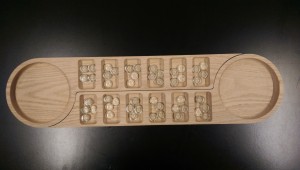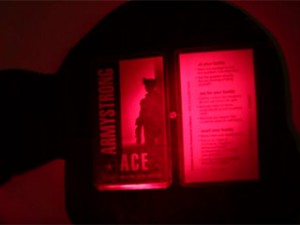Anne Goodfriend, Nilomee Jesrani
Clean-Up Drive is a foot controlled, arcade style, video game experience that educates players about the harmful effects of Global Warming.
http://annekgoodfriend.com/final-project-the-process/
Description
Clean-Up Drive is a video game that educates children about the harmful effects of littering the planet, and how this is affecting the Ozone layer. The game is a race against time to collect all the trash on the surface of the Earth, before the Ozone layer is destroyed.
——
We designed a balance-board style game controller. The player uses the controller by standing on it and shifting their weight in one of 8 directions.
We also designed a corresponding arcade style video game where the player wanders around a post–apocalyptic world collecting trash. As they collect each item they slowly heal a disintegrating ozone layer. If the player collects all of the trash, and heals the ozone layer, they win by saving the world.
Classes
Introduction to Computational Media, Introduction to Physical Computing

